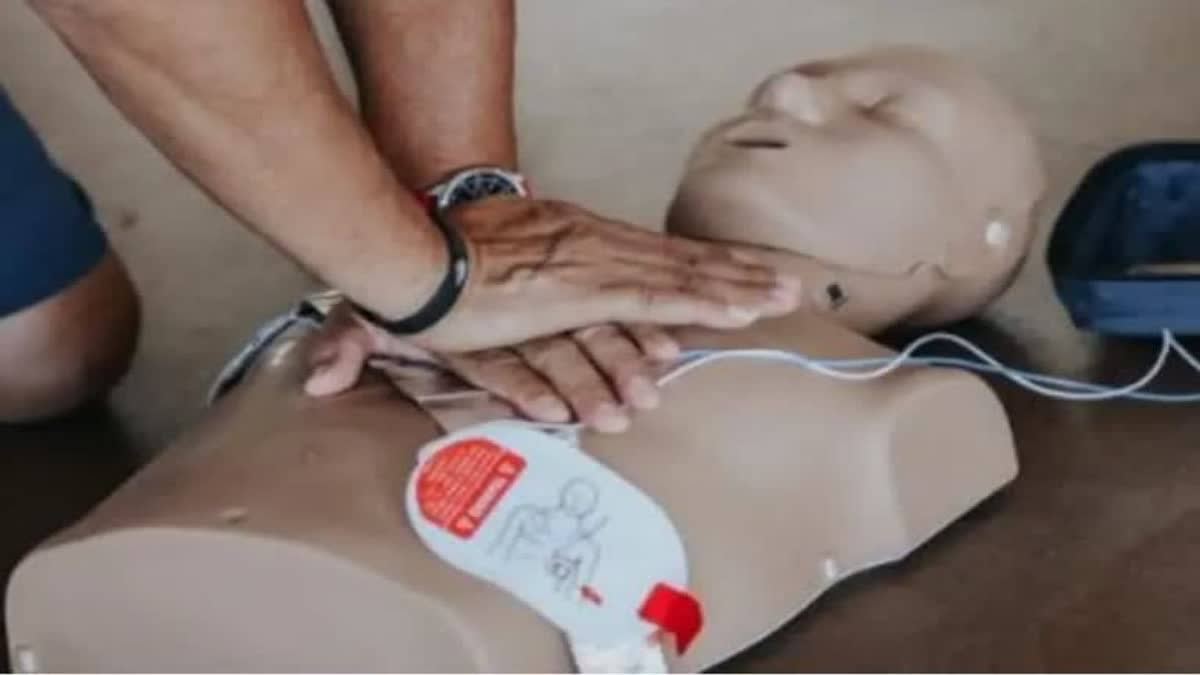New Delhi:Underscoring the urgent need to expand Cardiopulmonary Resuscitation (CPR) awareness and training across the country to save lives, the latest study conducted by the Indian Heart Journal has revealed that less than 1% of the country's population has undergone formal CPR training, with only 2-4% of cardiac arrest victims receiving bystander CPR during emergencies.
Sudden cardiac arrest (SCA) is a leading cause of death globally and in India, cardiovascular diseases (CVDs) account for nearly 28% of total deaths annually. With an estimated seven lakh cases of SCA each year, most occurring outside hospitals in homes, public spaces, or workplaces, timely intervention through CPR can significantly increase survival chances.
Despite this, survival rates from out-of-hospital cardiac arrests (OHCA) in India are as low as 2-5%, compared to 20-30% in countries with widespread CPR education.
“India witnesses hundreds of thousands of cardiac arrest cases every year, many of which occur in non-medical settings. In such instances, the crucial window to save a person’s life is often just a few minutes. Bystanders trained in CPR can make the difference between life and death, yet most individuals lack the knowledge or confidence to perform it. In countries with widespread CPR education, such as the United States and Norway, survival rates from out-of-hospital cardiac arrests are notably higher, illustrating the impact of effective public training,” said Dr Tamorish Kole, Chair, Clinical Practice Committee, International Federation for Emergency Medicine, while speaking to ETV Bharat.
Several factors underline the urgent need for CPR education in India. Urbanisation and the rise in lifestyle diseases have contributed to an increasing incidence of heart disease, even among the younger population.
“As more Indians adopt sedentary lifestyles and unhealthy habits, the risk of sudden cardiac events continues to rise. This growing burden of heart disease, combined with low public awareness of CPR, presents a significant public health challenge. Training community members in CPR not only saves lives, but also empowers individuals to take quick, effective action in emergencies, fostering a safer society,” Dr Kole said.
The American Heart Association’s (AHA) Resuscitation and Healthcare Quality Summit 2024, held recently in Hyderabad highlighted the future of cardiovascular research, technology and education.
“The key focus of AHA was expanding public awareness of Cardiopulmonary Resuscitation (CPR) and its life-saving potential, particularly in countries like India. This milestone underscores the essential role of CPR in reducing cardiac fatalities and calls for Indian healthcare systems and the public to prioritise life-saving training efforts,” Dr Kole said.


